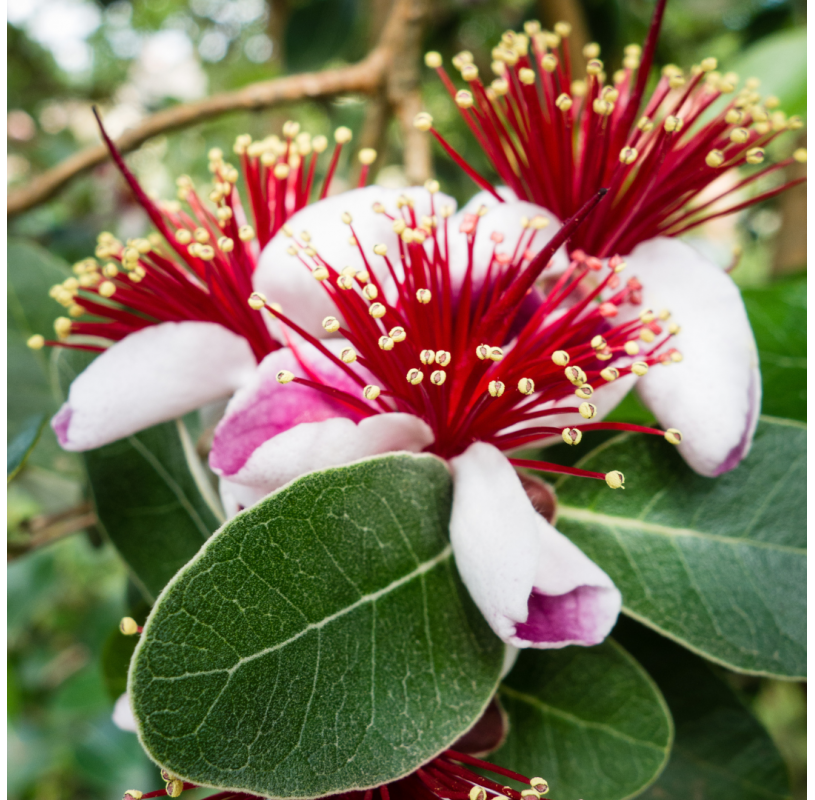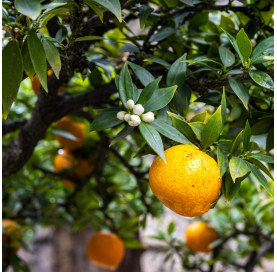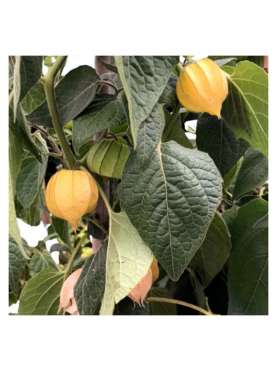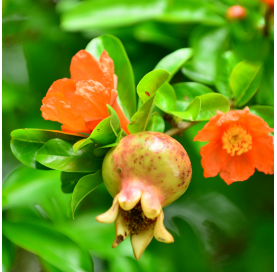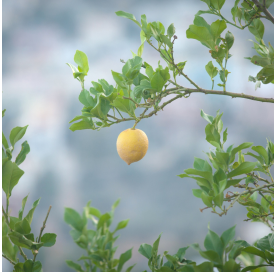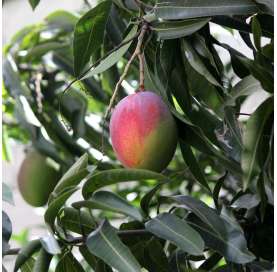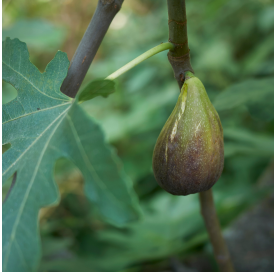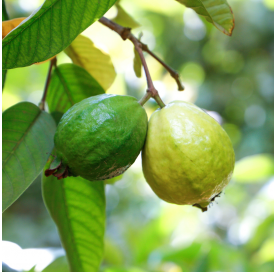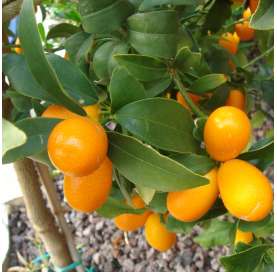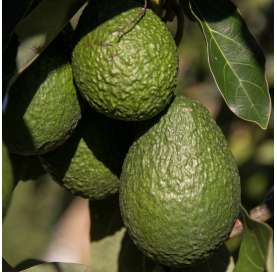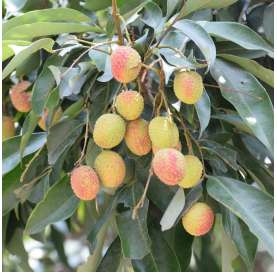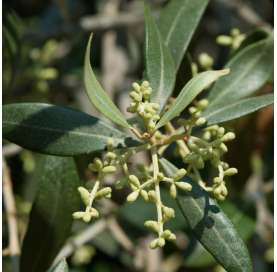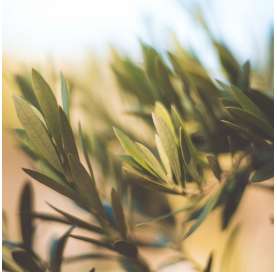Acca sellowiana- Feijoa
Acca sellowiana, commonly known as feijoa, pineapple guava, or guavasteen, belongs to the Myrtaceae family. It is a perennial shrub or small tree that can reach heights of 1 to 7 meters. Its leaves are green on the upper side and whitish on the underside, with a velvety texture. It produces bright red flowers with prominent stamens and oval fruits measuring 3-8 cm in length, which are green when ripe and have a sweet aroma and a flavor reminiscent of a blend of pineapple and guava.

Encrypted payments for greater security


Shipping only to mainland Spain and mainland Portugal
Description:
Acca sellowiana, commonly known as feijoa, pineapple guava, or guavasteen, belongs to the Myrtaceae family. It is a perennial shrub or small tree that can reach heights of 1 to 7 meters. Its leaves are green on the upper side and whitish on the underside, with a velvety texture. It produces bright red flowers with prominent stamens and oval fruits measuring 3-8 cm in length, which are green when ripe and have a sweet aroma and a flavor reminiscent of a blend of pineapple and guava.
History and Origin:
Feijoa is native to the mountainous regions of southern Brazil, Uruguay, Paraguay, and northern Argentina. It was first described in the 19th century by German botanist Otto Karl Berg, who named it in honor of João da Silva Feijó, a Brazilian naturalist. Since its discovery, it has been cultivated in various parts of the world, including New Zealand, where it has become a popular fruit.
Care:
- Soil: Prefers well-drained, slightly acidic to neutral soils, though it can adapt to a variety of soil types as long as they are not too compacted or waterlogged.
- Light: Feijoa needs full sun to thrive, although it can tolerate some partial shade. However, direct sunlight promotes better flowering and fruiting.
- Temperature: Hardy to light frosts, it can withstand temperatures down to -10°C. Severe frosts, however, can damage the plant.
- Fertilization: It is advisable to fertilize the plant in spring with a balanced fertilizer or organic compost.
Watering:
Feijoa requires regular watering, especially during active growth and fruiting periods. The soil should be kept evenly moist but not waterlogged. During the winter months, watering should be reduced to avoid excess moisture that can cause root problems.
Pruning:
Pruning feijoa is essential to maintain its shape and promote good fruit production. It is recommended to prune in late winter or early spring before new growth begins. Remove dead, damaged, or crossing branches to improve air circulation and light penetration. Formation pruning can also be done to maintain a manageable size and stimulate the development of new fruit-bearing branches.
With Viveros González, ensure a successful cultivation of your feijoa, enjoying its beautiful flowers and delicious fruits.
Data sheet
- Name
- Acca sellowiana- Feijoa
- Origen
- Native to southern Brazil, Uruguay, Paraguay, and northern Argentina
- Height
- Can reach heights of 1 to 7 meters.
- Colour
- Leaves are green on the upper side and whitish on the underside. The fruits are green when ripe.
- Flowering
- Blooms in spring and early summer with bright red flowers and prominent stamens.
- Irrigation
- Requires regular watering, keeping the soil evenly moist but not waterlogged. Reduce watering during the winter months.
- Applications
- Ideal as an ornamental and fruit-bearing plant. The fruits are edible and can be consumed fresh or used in culinary preparations.
- Note
- Annual pruning is essential to maintain the plant's shape and promote good fruit production. Fertilize in spring with a balanced fertilizer or organic compost for better performance.
12 other products in the same category:
-
Orange tree - citrus x...€29.00
-
Physalis peruvina. C20€5.00
-
-
Citrus x lemon tree.€34.00
-
Mangifera indica. Mango.€25.90
-
copy of Fig Tree in Tube.€20.00
-
Psidium guajava - Guayaba€24.00
-
-
Avocado - Persea Americana.€25.00
-
Lychee in Tube.€50.00
-
Mini olive tree in clay bowl€23.50
-
Olive tree. Olea europea.€30.00

 English
English Spanish
Spanish